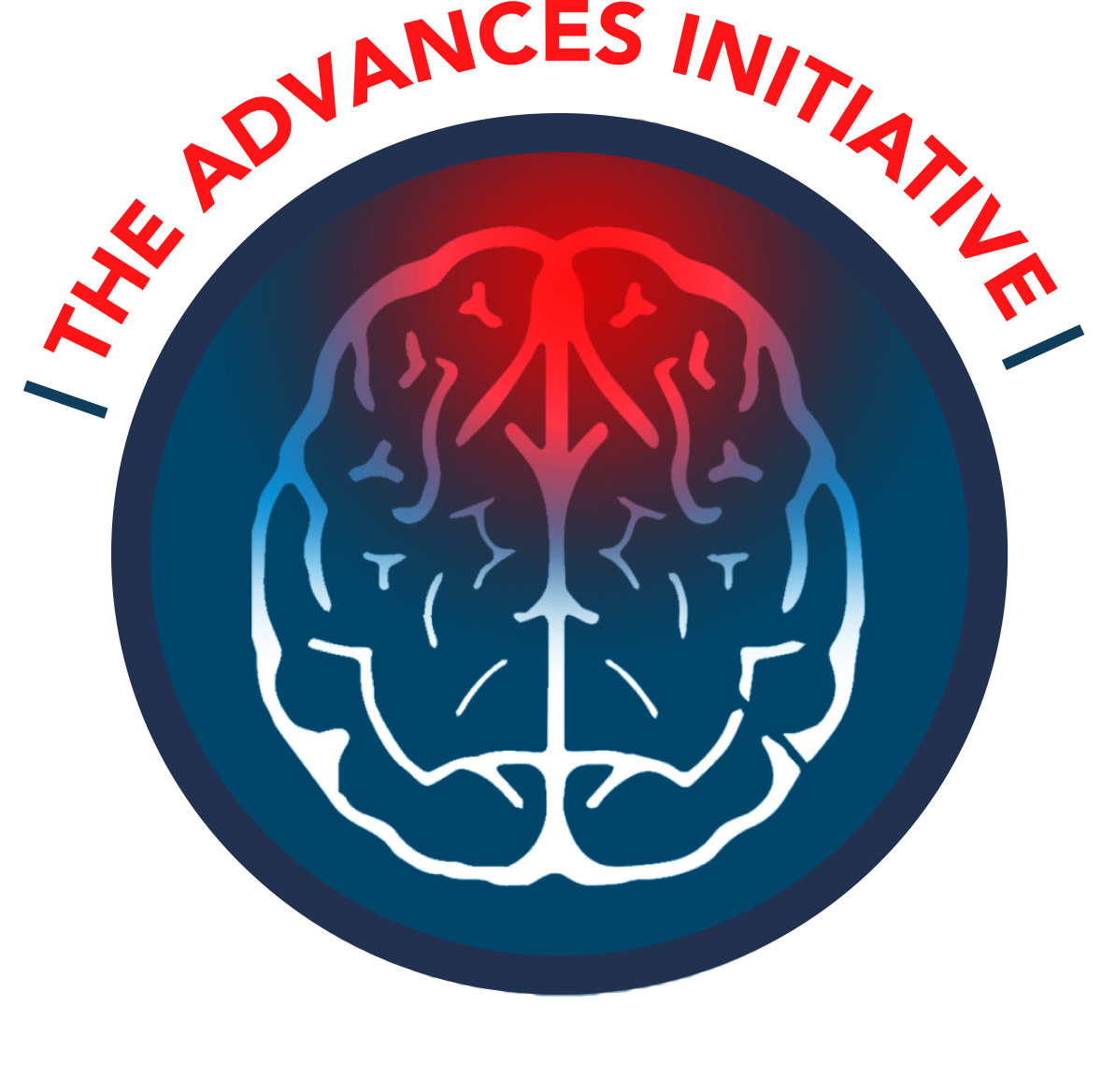The impact of migraine on quality of life
Migraine attacks can be debilitating and often last for days, resulting in disruptions in both home and work life. For some sufferers, numerous days per month are affected by attacks, resulting in an inability to work or socialize. Since migraine often has a negative impact on every aspect of a migraine sufferer’s life, including important relationships and career prospects, it can be associated with frustration, anxiety, and depression. Between attacks, sufferers may curb their activities, experience problems sleeping, be anxious, and have less satisfaction, all in anticipation of their next attack. Therefore, the management of migraine includes multiple approaches (discussed below) that are directed towards evidence-based medical treatment, empowerment through education, and lifestyle modification, thereby providing the necessary tools to enable migraine sufferers to take more control of their situation and improve the quality of their life.
Importance of receiving a correct diagnosis and up-to-date treatment
There are numerous possible causes of headache. Some headache sufferers do not seek medical advice and incorrectly assume that they have migraine when they do not. Worldwide, only 40% of migraine sufferers have been diagnosed by a doctor.1 Of those people who do have migraine, the diagnosis is missed in about a quarter of cases, resulting in the wrong management for their headaches. For people who have very frequent and severe migraine attacks (called chronic migraine), less than one-sixth of them are referred to a specialist for the diagnosis and management of their migraine.2 Therefore, the first step is to see a doctor to be sure that there is a correct diagnosis of migraine. Sometimes, the diagnosis is clear-cut, and it can be made by a primary care physician. However, in other cases, an accurate diagnosis and the best management plan will require the additional involvement of a more specialized doctor (a neurologist or a headache specialist).
The best results in migraine care are achieved through a team-based approach.3 A primary care provider is essential, and the team often includes a neurologist or a headache specialist. Such an approach means that migraine management will be both comprehensive and based on up-to-date evidence. Key elements for migraine care include the following.
- Be educated about what to do in the event of an acute attack and how to reduce the frequency and severity of attacks through lifestyle modification, including a wellness program.
- Use a migraine diary to monitor your symptoms, identify things that provoke an attack or make attacks worse, and monitor the response to treatment.
- Avoid things that can bring on or worsen attacks.
- Use medication for treating an acute attack.
- Start preventive medication where indicated.4
- Manage medical and emotional conditions that can be associated with migraine, including depression, anxiety, asthma, epilepsy, heart disease, high blood pressure, and obesity.5
- Utilize sources of emotional support.
- Know where to go for additional information.
- Conduct an ongoing review of care to make sure that the plan is working and to make changes as needed.
Treatment
There are numerous medicines that are effective in treating either acute attacks or in reducing the frequency and severity of attacks. Several medicines are available in different formats/formulations, allowing them to be given via a variety of routes, such as tablet, wafer, spray, patch, or injection. Some medicines can be used in combination. Promising new treatments are either approved or are under development.3,6,7 There is no “one size fits all” approach for acute attacks or the prevention of migraine. Therefore, the best approach depends on a number of patient-specific factors, including other medical conditions; previous responses to treatment; symptom profile, including the range and severity of symptoms; side effects of a given medication; and contraindications. As a result, the plan will be tailored to each individual’s situation. The good news is that your doctor(s) will be able to adapt/tailor treatment to provide the best response for you.
References
- World Health Organization (WHO) fact sheets. Headache. (www.who.int/mediacentre/factsheets/fs277/en) Accessed 9/25/18.
- Lipton RB, Serrano D, Buse DC et al. Improving the detection of chronic migraine: development and validation of Identify Chronic Migraine (ID-CM). Cephalalgia. 2016;36(3):203-215. (http://journals.sagepub.com/doi/pdf/10.1177/0333102415583982)
- Silberstein SD. Considerations for management of migraine symptoms in the primary care setting. Postgraduate Medicine. 2016;128(5):523-537.
- Sinclair AJ, Sturrock A, Davies B, Matharu M. Headache management: pharmacological approaches. (Review article). Practical Neurology. 2015;15(6):411-423. (http://pn.bmj.com/content/practneurol/15/6/411.full.pdf)
- Wang SJ, Chen PK, Fuh JL. Comorbidities of migraine. (Review article) Frontiers in Neurology. 2010;1:16. (http://journal.frontiersin.org/article/10.3389/fneur.2010.00016/full)
- Magis D, Sava S, d’Elia TS, et al. Safety and patients’ satisfaction of transcutaneous supraorbital neurostimulation (tSNS) with the Cefaly® device in headache treatment: a survey of 2,313 headache sufferers in the general population. Journal of Headache Pain. 2013;14:95. (www.ncbi.nlm.nih.gov/pmc/articles/PMC4177534/pdf/1129-2377-14-95.pdf)
- Schoenen J, Vandermissen B, Jeangette S, et al. Migraine prevention with a supraorbital transcutaneous stimulator. Neurology. 2013;80(8):697-704.

.jpg)
.jpg)
.jpg)
.jpg)

.jpg)
.jpg)

.jpg)
.jpg)
.jpg)
.jpg)
.jpg)
.jpg)
.jpg)
.jpg)
.jpg)
.jpg)
.jpg)
.jpg)
.jpg)
.jpg)
.jpg)
.jpg)
.jpg)
.jpg)
.jpg)
.jpg)
.jpg)
.jpg)
.jpg)
.jpg)
.jpg)
.jpg)
.jpg)
.jpg)
.jpg)
.jpg)
.jpg)
.jpg)
.jpg)
.jpg)
 Copyright © 2025 Med Learning Group. Built by
Copyright © 2025 Med Learning Group. Built by